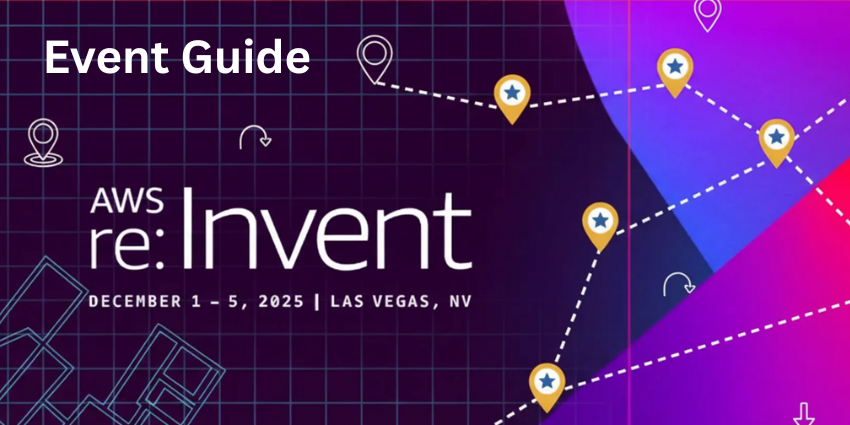In customer experience, the freshest, fastest, and shiniest tools often dominate the headlines.
New channels, new AI tools, new cloud platforms, each promising a faster route to smarter service.
Yet when you look behind the success stories, you’ll find that most transformation journeys don’t start with a giant leap, but with a well-considered step.
This more measured approach is beginning to gain traction across the enterprise landscape.
Rather than ripping out legacy systems all at once, many CX leaders are taking a phased approach to modernization: layering AI, analytics, and cloud capabilities on top of proven infrastructure.
The goal isn’t simply to “get to cloud,” it’s to evolve in a way that protects what already works while unlocking what’s next.
“It’s not always realistic to move everything you’ve built over many years,” says Miguel Angel Marcos, Vice President of Operations at Enghouse Interactive.
“Helping organizations move at their own pace – maybe migrating some agents or campaigns first – makes the whole process smoother and less disruptive.”
That mindset is driving what Marcos calls flexible modernization, a model that allows enterprises to innovate without compromising operations, compliance, or financial stability.
From Analytics to Agility
Before the journey to modernization even begins, it’s essential to make sure that you have the necessary tools and equipment to complete said journey.
You can’t just run out the door, Bilbo Baggins style, without walking shoes, a map, and plenty of water.
The enterprise equivalent of this is data and analytics.
Indeed, Marcos recalls one large contact center that started its transformation not by migrating infrastructure, but by introducing AI-driven analytics to its existing on-premises setup.
“They had hundreds of agents,” he explains. “Supervisors were listening manually to hours of recordings to understand performance. AI gave them a consolidated view of every interaction, not just a few.”
That change, he says, brought immediate value, as it allowed them to identify areas that needed improvement and act fast.
“It’s an easy first step toward modernization – and it delivers quick wins without having to move the entire platform,” Marcos says.
For some organizations, those early AI integrations – including quality management, speech analytics, and sentiment tracking – act as a bridge between the old world and the new.
Once the data foundation is in place, they can decide which workloads make sense to run in the cloud and which to keep in-house.
Cloud, But on Your Terms
Like many organizations, Enghouse Interactive’s customers take a variety of routes
Some organizations move directly to CCaaS solutions, such as the company’s CxEngage platform, which offers the pay-as-you-go flexibility of OPEX models.
Others keep their core systems on-premises while spinning up cloud-based campaigns that demand speed and scalability.
“We see customers who want to launch temporary or seasonal projects quickly,” Marcos explains.
“Instead of waiting months to deploy on-prem, they run that campaign in the cloud where agents can switch between environments with no issues.”
This hybrid approach enables enterprises to balance CAPEX and OPEX models and mitigate the “big bang” risk that often derails large-scale migrations.
It also helps teams adapt operationally, allowing them to retrain supervisors, fine-tune integrations, and adjust processes at a manageable pace, as Marcos details:
“When companies move more deliberately, they don’t break their workflows. They can adapt integrations, protect previous investments, and keep business running while they modernize.”
The Quiet Advantage of Going Slow
In a market obsessed with velocity, taking time can actually be a competitive advantage.
If only there were a famed fable to better illustrate this point.
Marcos points out that slowing the pace of change – perhaps to the speed of say a tortoise – often protects both financial and human capital.
“You might have systems still under support, or contracts that run another year,” he says.
“Why waste that investment? Move when it makes sense, not just when a vendor says you should.”
He also notes that gradual change helps organizations avoid the fatigue that comes with sweeping IT overhauls.
“Big transitions affect not only IT, but operations. Giving teams the time they need to adapt means better adoption and fewer surprises.”
A Future Defined by Flexibility
Looking ahead, Marcos believes that flexibility – in deployment, in finance, and in technology – will remain the defining characteristic of successful CX organizations.
He observes that political and regulatory factors are shaping how companies approach cloud, pointing to the fact that in some European markets, governments are more cautious about moving everything to public clouds due to data sovereignty concerns.
“That’s why it’s important to offer options,” he argues.
At the same time, the democratization of AI is reshaping who can compete on experience.
“A few years ago, advanced analytics were only for big call centers with large budgets,” Marcos says.
“Now, even operations with five or ten agents are asking for AI. It’s becoming a must-have.”
The combination of scalable cloud technology and more modular architectures also gives decision-makers unprecedented freedom.
Whereas previously, once a company invested in a solution, it was tied to it for years, today, it’s much easier to switch if something isn’t delivering.
This shift has placed the power firmly back in the hands of operations leaders.
Modernization That Fits the Business
Ultimately, modernizing a contact center isn’t about chasing the latest platform; it’s about creating a technology path that fits your business reality.
Whether that means starting with AI analytics, moving certain functions to the cloud, or running hybrid environments indefinitely, the key is to build momentum without losing control.
As Marcos puts it:
“Every customer is different. Our job is to adjust to what they’re asking for and what they need – to help them evolve at their own pace.”
Because in CX, progress isn’t defined by how fast you move, but by how well every step brings you closer to the customer.
You can discover more about Enghouse Interactive’s approach to modernization by checking out this article.
You can also view the company’s full suite of solutions and services by visiting the website today.







